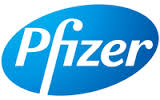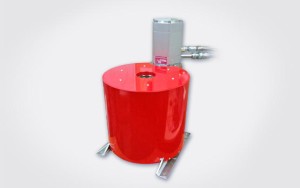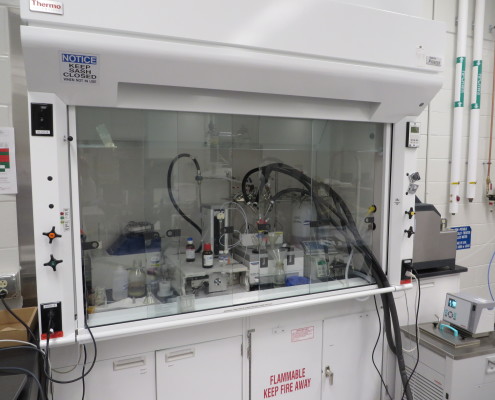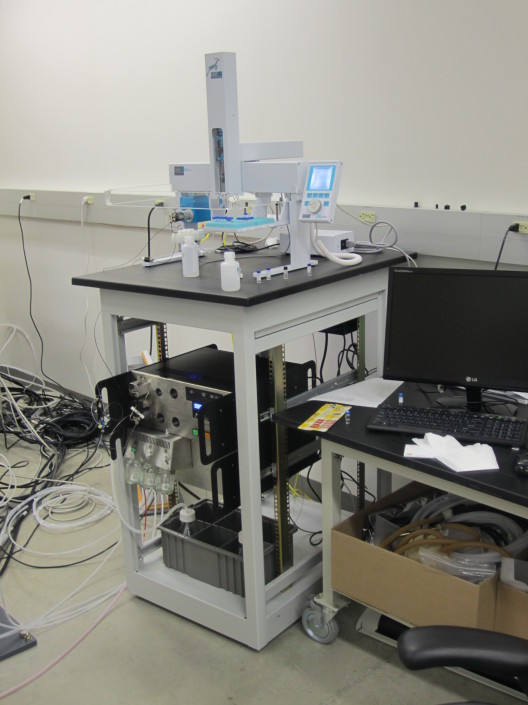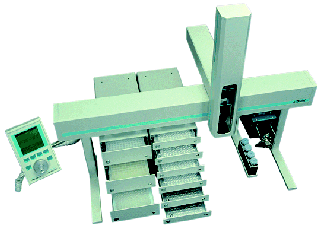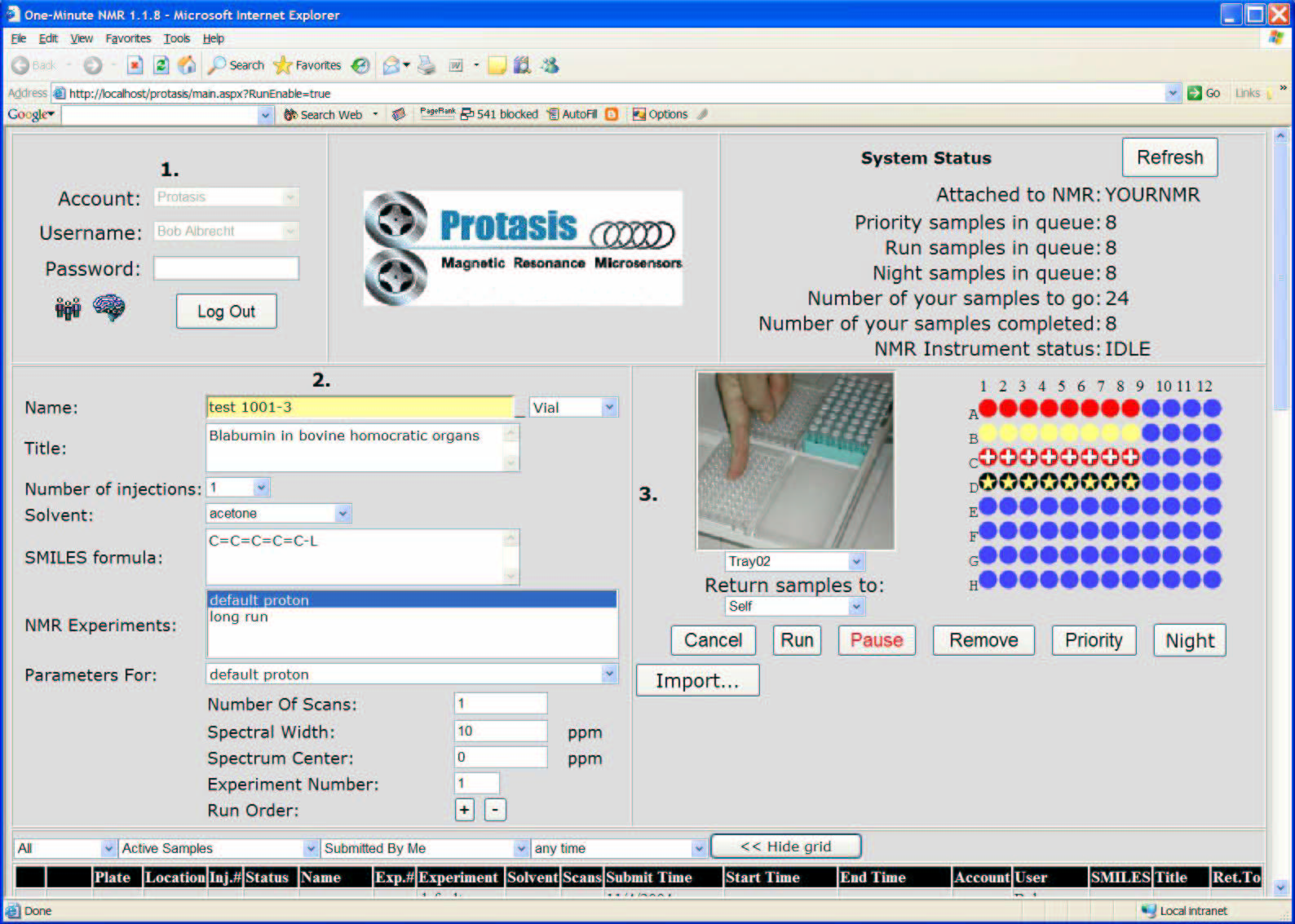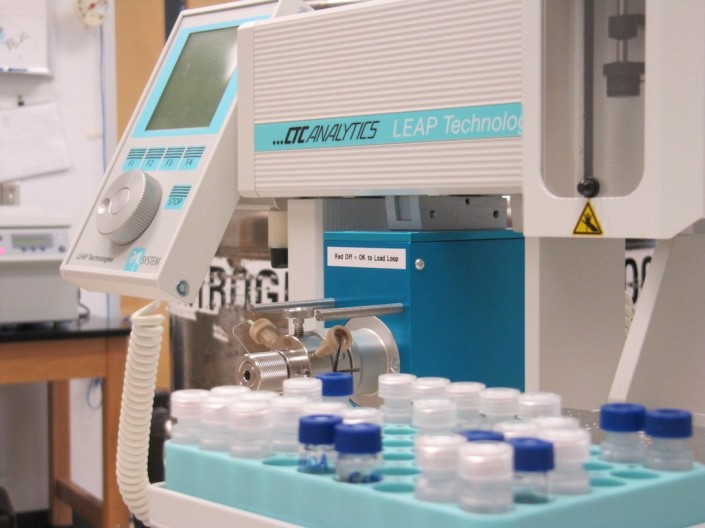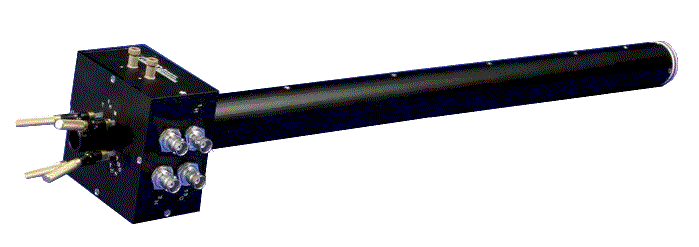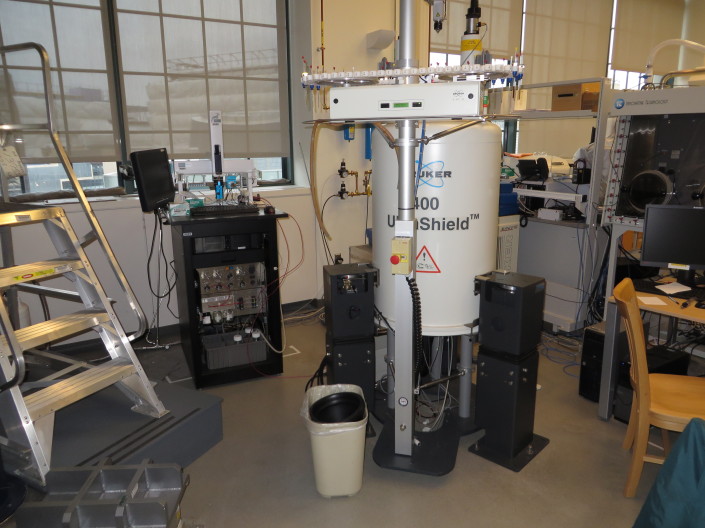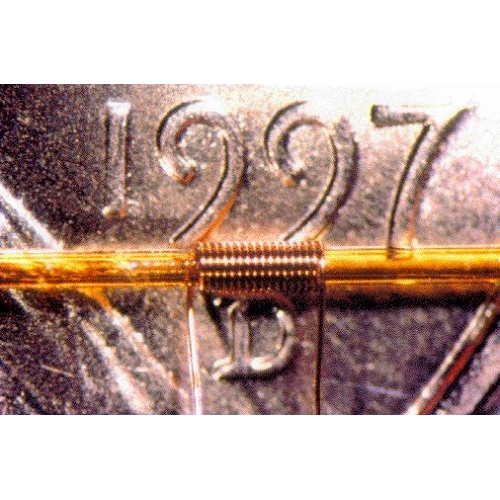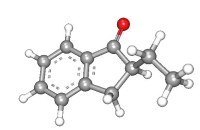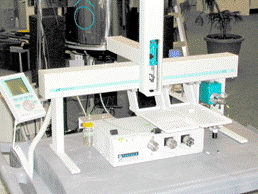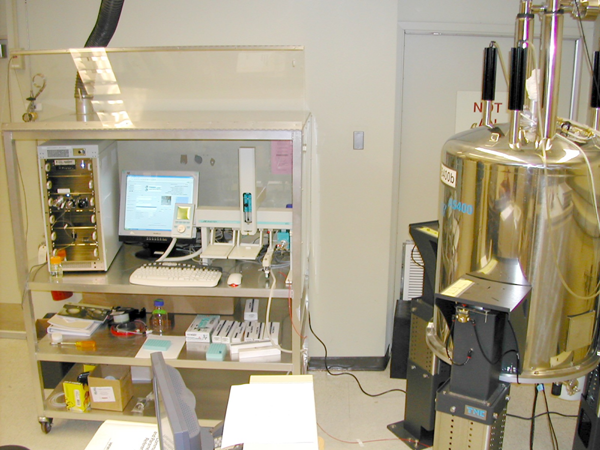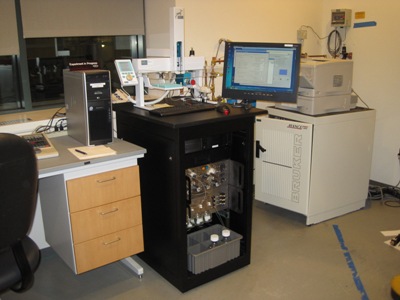Protasis Confirms New Molecules for Drug Discovery
New Product Helps Synthesis Chemists in Pharmaceutical Companies Answer the Critical Question, “Did I Make What I Thought I Made?â€
Protasis Corporation (Marlboro, M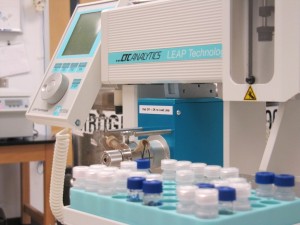 A, www.protasis.com) announces the release of its new Discovery High Throughput Structure Confirmation (HTSC) NMR Workstation, an automated MicroFlow NMRâ„¢ system for medicinal chemists, for use with Bruker or Varian spectrometers and third party structure confirmation and data archiving software. The turnkey system uses the Protasis/MRM CapNMRâ„¢ probe, Protasis One-Minute NMRâ„¢ software, the CTC/Leap PAL from Leap Technologies (Carrboro, NC, www.leaptec.com) liquid handler, highpressure pumps and proprietary web-based software for control. This medicinal chemistry structure confirmation system was developed and fine-tuned in long-term collaborations with several pharmaceutical companies including Pfizer, Merck, Genomics Institute (of the Novartis Research Foundation), several academic institutions including the University of Illinois, Princeton University and the University of Georgia, as well as the NMR software firm ACD/Labs (Toronto, Ontario,www.acdlabs.com/), for both high-throughput microplate and open-access vial-based analysis. The Discovery HTSC-NMR Workstation brings the ease of mass spectrometer-style liquid handling and software to NMR analysis. The components of the system have been selected and optimized for the medicinal chemistry laboratory.
A, www.protasis.com) announces the release of its new Discovery High Throughput Structure Confirmation (HTSC) NMR Workstation, an automated MicroFlow NMRâ„¢ system for medicinal chemists, for use with Bruker or Varian spectrometers and third party structure confirmation and data archiving software. The turnkey system uses the Protasis/MRM CapNMRâ„¢ probe, Protasis One-Minute NMRâ„¢ software, the CTC/Leap PAL from Leap Technologies (Carrboro, NC, www.leaptec.com) liquid handler, highpressure pumps and proprietary web-based software for control. This medicinal chemistry structure confirmation system was developed and fine-tuned in long-term collaborations with several pharmaceutical companies including Pfizer, Merck, Genomics Institute (of the Novartis Research Foundation), several academic institutions including the University of Illinois, Princeton University and the University of Georgia, as well as the NMR software firm ACD/Labs (Toronto, Ontario,www.acdlabs.com/), for both high-throughput microplate and open-access vial-based analysis. The Discovery HTSC-NMR Workstation brings the ease of mass spectrometer-style liquid handling and software to NMR analysis. The components of the system have been selected and optimized for the medicinal chemistry laboratory.
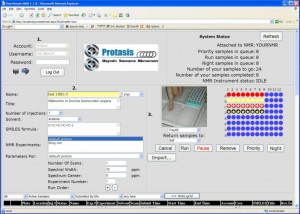 The Protasis One-Minute NMR control system reduces operator intervention requirements of Varian and Bruker software and hardware by automating sample lists; monitoring system suitability and performance, and reporting and automatically correcting common software and electronic problems of these systems. Medicinal chemists now have the ability to import sample lists from spread sheets or log-in through a few mouse clicks. E-mail reports are generated for groups of samples as they are finished. The control system provides an open interface to any structure confirmation and back-end processing software, and uses a built-in web-based interface to ACD/Labs’ 1D and 2D Structure Verification processing and databasing platform. Once processed, stored NMR results, molecular structures, and functional group assignments can be conveniently accessed through HTML links to use the full power of ACD/Labs NMR Spectrum Manager.
The Protasis One-Minute NMR control system reduces operator intervention requirements of Varian and Bruker software and hardware by automating sample lists; monitoring system suitability and performance, and reporting and automatically correcting common software and electronic problems of these systems. Medicinal chemists now have the ability to import sample lists from spread sheets or log-in through a few mouse clicks. E-mail reports are generated for groups of samples as they are finished. The control system provides an open interface to any structure confirmation and back-end processing software, and uses a built-in web-based interface to ACD/Labs’ 1D and 2D Structure Verification processing and databasing platform. Once processed, stored NMR results, molecular structures, and functional group assignments can be conveniently accessed through HTML links to use the full power of ACD/Labs NMR Spectrum Manager.
Enhanced NMR detection is provided by the Protasis CapNMR probe which enables workflow improvement by eliminating the transfer of sample to tubes, dramatically shortening analysis times, reducing sample mass to just a few micrograms, and reducing sample volume requirements to as little as 5 microliters from typical library samples. Customers can automatically recover all of their sample or dispose of the miniscule amount taken away, thereby eliminating a second trip back to the NMR lab. The CapNMR probe is available with one or two flow-cells for hydrogen, nitrogen, and/or carbon detection, and is capable of running all standard NMR experiments.
The CTC/Leap PAL liquid handler uses a syringe-only sample handling injection system with a very low dead volume and zero-carryover. This liquid handler was originally designed for demanding mass spectrometer applications and Protasis has found that it mates well with the low volume requirements of the CapNMR probe. The One-Minute NMR solvent handling and conditioning system delivers samples through capillary tubing at high pressure with minimal dispersion to the CapNMR probe using filtered and degassed solvents. The helium-blanketed solvent reservoirs eliminate changes in solvent from atmospheric gasses and moisture over extended time periods.
One-Minute NMR has been proven itself in comprehensive trials in both industrial and academic laboratories by running more than 250,000 real samples over the past two years with excellent results. Protasis is currently visiting Medicinal Chemistry departments, delivering focused seminars on CapNMR structure confirmation and taking orders for Discovery HTSC-NMR Workstations to be installed in the first half of 2007. Typical
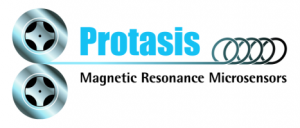
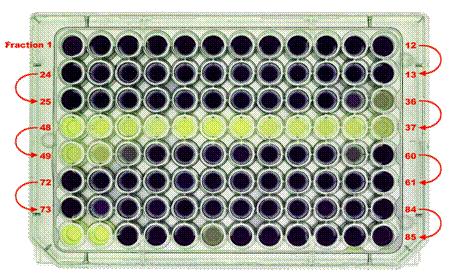
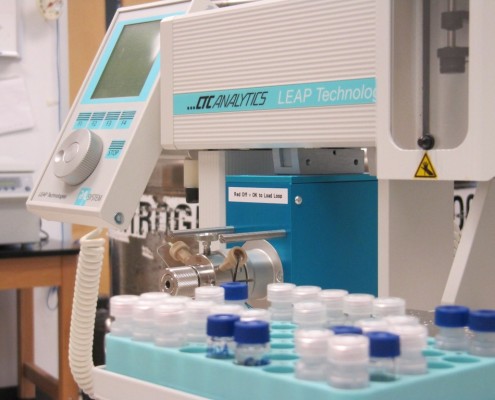
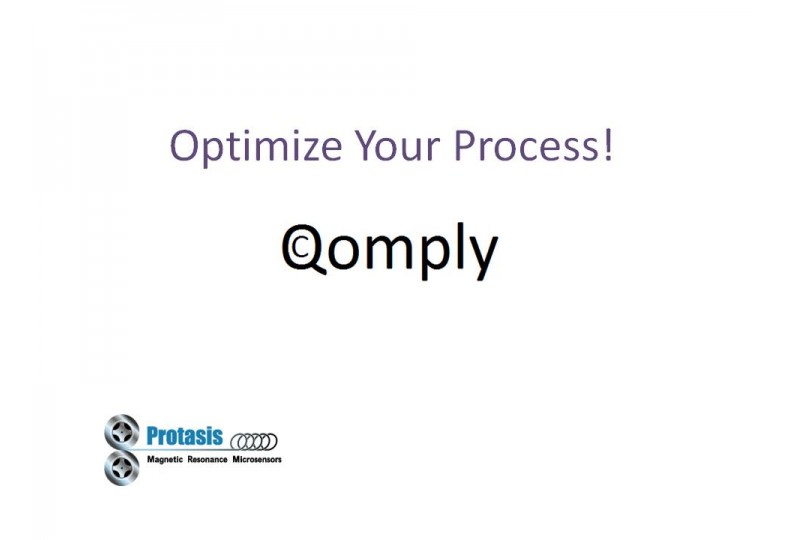

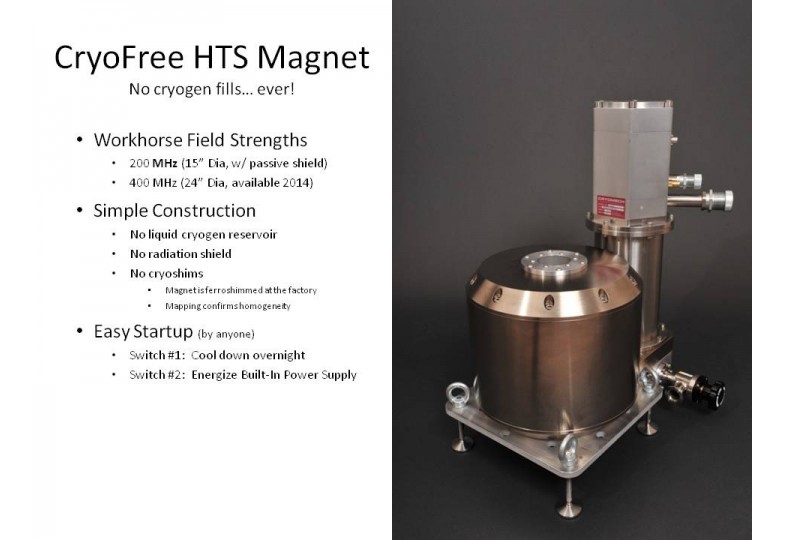
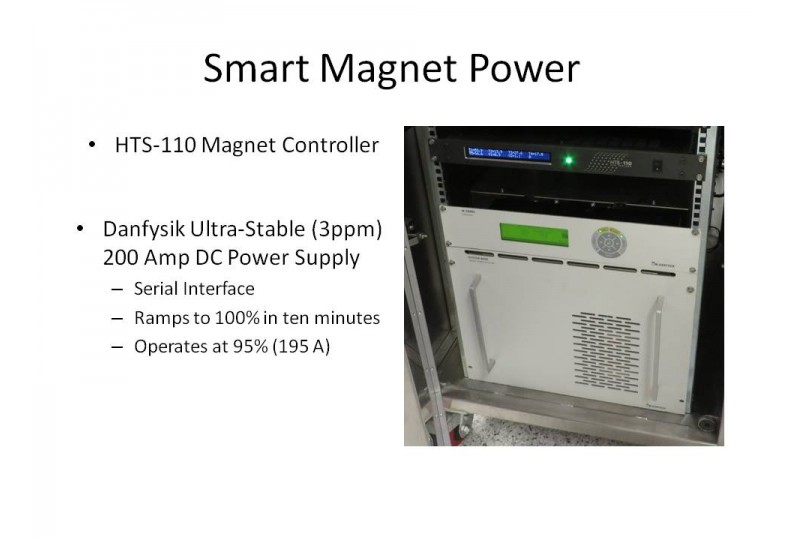
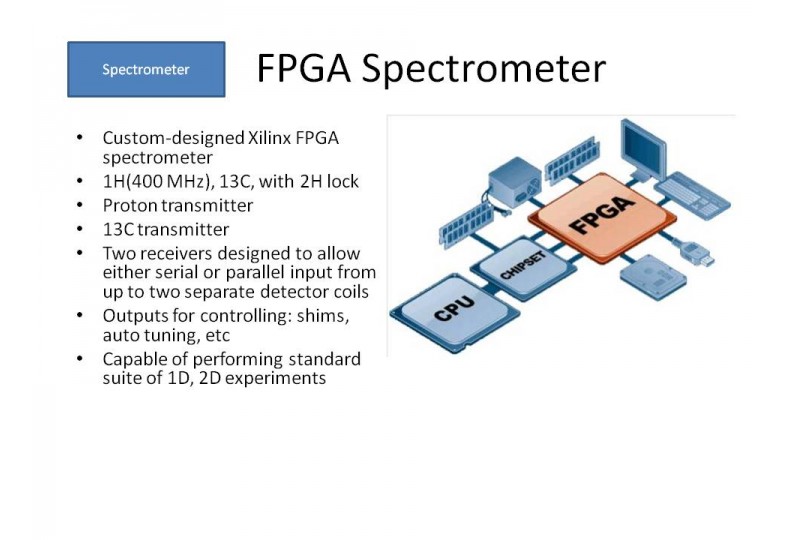
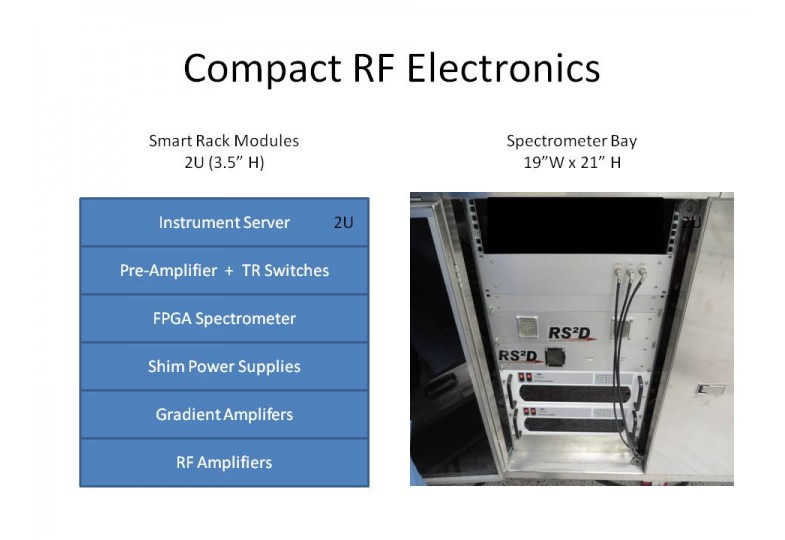
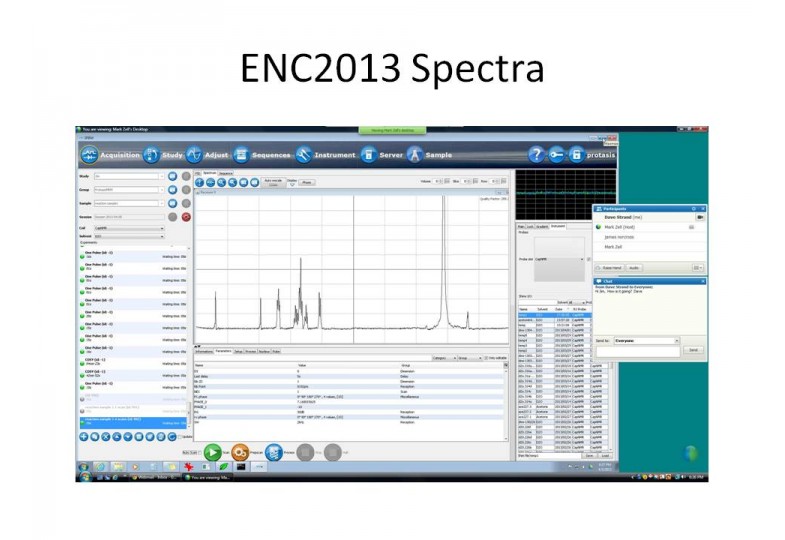
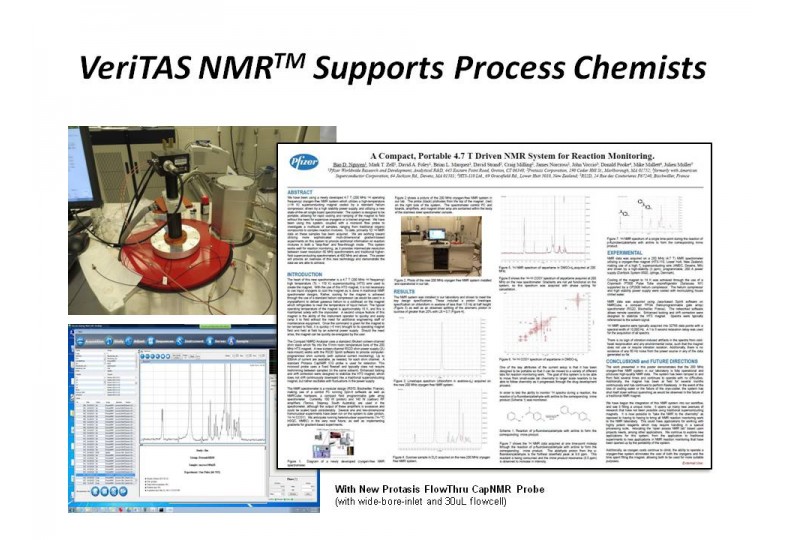
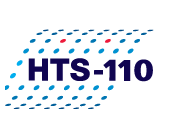
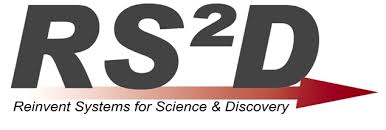
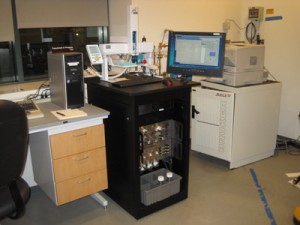
 A, www.protasis.com) announces the release of its new Discovery High Throughput Structure Confirmation (HTSC) NMR Workstation, an automated MicroFlow NMRâ„¢ system for medicinal chemists, for use with Bruker or Varian spectrometers and third party structure confirmation and data archiving software. The turnkey system uses the Protasis/MRM CapNMRâ„¢ probe, Protasis One-Minute NMRâ„¢ software, the CTC/Leap PAL from Leap Technologies (Carrboro, NC, www.leaptec.com) liquid handler, highpressure pumps and proprietary web-based software for control. This medicinal chemistry structure confirmation system was developed and fine-tuned in long-term collaborations with several pharmaceutical companies including Pfizer, Merck, Genomics Institute (of the Novartis Research Foundation), several academic institutions including the University of Illinois, Princeton University and the University of Georgia, as well as the NMR software firm ACD/Labs (Toronto, Ontario,www.acdlabs.com/), for both high-throughput microplate and open-access vial-based analysis. The Discovery HTSC-NMR Workstation brings the ease of mass spectrometer-style liquid handling and software to NMR analysis. The components of the system have been selected and optimized for the medicinal chemistry laboratory.
A, www.protasis.com) announces the release of its new Discovery High Throughput Structure Confirmation (HTSC) NMR Workstation, an automated MicroFlow NMRâ„¢ system for medicinal chemists, for use with Bruker or Varian spectrometers and third party structure confirmation and data archiving software. The turnkey system uses the Protasis/MRM CapNMRâ„¢ probe, Protasis One-Minute NMRâ„¢ software, the CTC/Leap PAL from Leap Technologies (Carrboro, NC, www.leaptec.com) liquid handler, highpressure pumps and proprietary web-based software for control. This medicinal chemistry structure confirmation system was developed and fine-tuned in long-term collaborations with several pharmaceutical companies including Pfizer, Merck, Genomics Institute (of the Novartis Research Foundation), several academic institutions including the University of Illinois, Princeton University and the University of Georgia, as well as the NMR software firm ACD/Labs (Toronto, Ontario,www.acdlabs.com/), for both high-throughput microplate and open-access vial-based analysis. The Discovery HTSC-NMR Workstation brings the ease of mass spectrometer-style liquid handling and software to NMR analysis. The components of the system have been selected and optimized for the medicinal chemistry laboratory.

